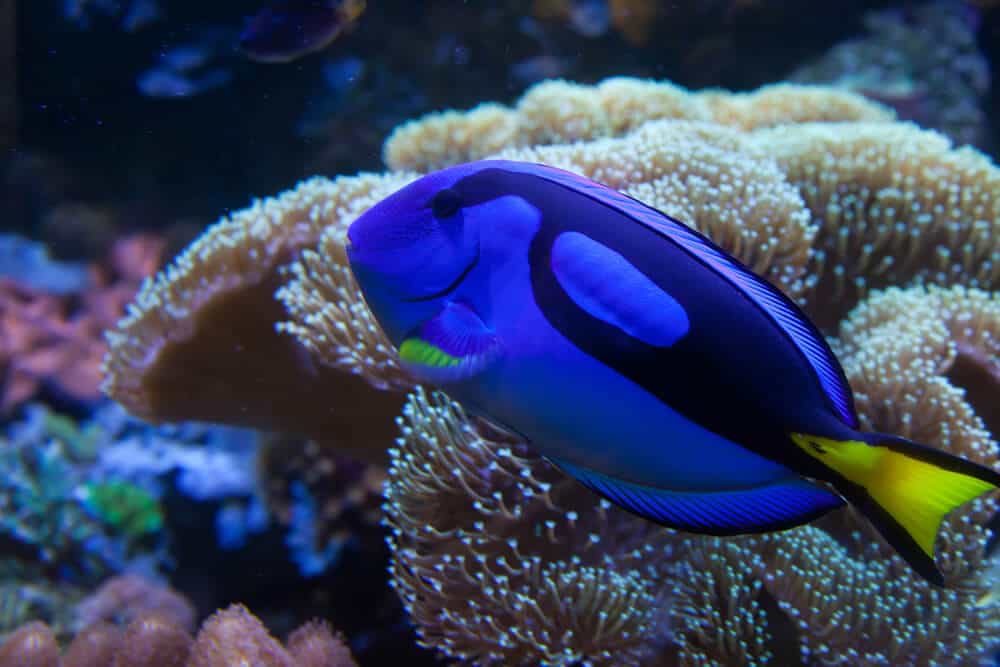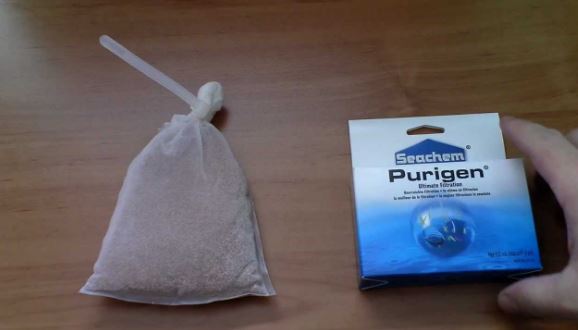
Every living thing in this life especially humans and aquatic animals depend on their environment and surrounding for their well being and survival.
However, the environment has been degrading rapidly. One of the causes for this include fundamental resources like water which is one of the most important natural resources for humans, wildlife and the environment as a whole.
The human activities have been a major influence why the surface and groundwater is highly polluted because of surface water is extensively used in industrial activities, agricultural sector, domestic and municipal facilities.
Surface waters are often prone to pollution and their low-quality status leads to public health issues. Although, water is a very essential component of life but contains many undesirable substances in its polluted state that are harmful to human health.
Once these undesirable substances enter into the food chain and aquatic animals, it becomes hazardous to man and could cause serious health issues to the world.
Contents
Effect of Springwater on Your Fish.
Spring water provides stable-temperature habitats and supplies nutrients and inorganic ions.
However, distilled or reverse osmosis water does not have the necessary minerals to stabilize pH.
If you use this in an excess amount, the pH of your fish water will be unstable which is dangerous for your fish. Fishes are very sensitive to the smallest of pH fluctuations and are prone to fatal injuries or even death.
Spring water can vary in composition, in terms of minerals and pH, again creating an unstable environment. It all depends on the location and origins of these waters, therefore, to trace minerals will vary greatly.
Any fish could adapt to a gradual change of pH but a fluctuating change would be lethal to them.
Fish also utilize the minerals present in water just the same way plants do. Not only that, but minerals will regulate and STABILIZE the pH levels in the water. Minerals here include magnesium, calcium, and iron. Any spring that is rich in these minerals is vital for the health of every fish.
Many spring waters, especially in the developed nations (e.g., Japan), are affected by ecological problems, such as reduced water quantity, drying up, and pollution, etc., due to rapid and intense urbanization and changes in land use.
Do not be quick to think that spring is very clean and not harbor any pollutant.
Springs can be contaminated with many kinds of chemicals such as from industries and nearby farms and still look crystal clear.
Pesticides from farms, in particular, will kill your fish. Pathogens such as bacteria and viruses can kill your fish may also be present in your fish water.
How to Use Spring water In Your Aquarium.
You have the sole responsibility of making sure that your fish is healthy. Besides providing them with adequate space or a healthy diet, you also have to make sure that the aquarium environment meets the requirement. An important factor to make your fish look healthy is the quality of your water.
Therefore, it is paramount that you choose the correct water source and condition the water in an appropriate manner.
There are different types of water you can use for your aquarium examples are tap water, reverse osmosis and spring water.
And each of these types of water as its condition or requirement you must follow if you want the water to be suitable for your fish.
Our major focus will be on spring water.
The major setbacks of spring water are that it varies in price and the mineral contents of the brands differ from each other.
The only remedy is to buy different brands and test each of them for pH, kH, and gH before picking the one that best suits the preference of your fish or to save cost, you could mix the spring water with tap water.
Finally when you want to use the spring water, make sure the water hasn’t been distilled or treated with flavor, dyes or additives.
Related Questions
What is Spring Water?
Spring water is an opening at the earth’s surface that discharges water from the underground as the source.
The spring serves as a natural point of dispatch for water coming from underneath the earth directly into a bed of stream, lake or sea.
The spring is a major source of water for drinking, agricultural, industrial and ecological purpose. Most importantly, it is a source of life for aquatic animals. The availability of water determines the location and activities of man.
However, they are exposed to various forms of pollution examples are agricultural, industrial and residential pollution.
Spring water is generally safer when it is flowing rather than being stagnant.
Sources of Spring Water
The spring is formed as a result of an aquifer which is filled to the point water overflows to the earth surface. The aquifer is also known as the water reservoir.
The aquifer is a major source where a spring is formed. The spring is formed when the pressure on the aquifer forces some of the water to flow out to the surface.
The groundwater is stored in the aquifer, the aquifer stores a large quantity of water and feeds water bodies on the surface like lakes and rivers. The aquifer is so large and can store so much water, at times it could take a thousand year for the aquifer to recharge itself after it releases a large quantity of water.
Confined and Unconfined aquifer are the two types of the aquifer.
The confined aquifer is in between two layers of low permeability soil meaning that water coming from the ground cannot flow in or out of the aquifer directly because the soil around it does not allow too much water to pass through it.
Unconfined aquifer allows water to seep through it directly and could absorb a large quantity of water.
Most aquifers are always partially unconfined if not, they wouldn’t be filled with water nor will there be any source feeding them. These aquifers are underneath permeable soil layers, so water easily trickles through the ground into the aquifer.
Some springs are just tiny trickles of water seeping from the ground, while others are large enough that they create rivers or lakes.
Conclusion
By now you should have an idea of right water source for your fish also if you live in an environment where the water quality is bad or the water parameters do not suit the preference of your fish.
The best thing you can do is to learn everything you can about what you are putting into your tank so you can make it the healthiest environment possible for your fish.






